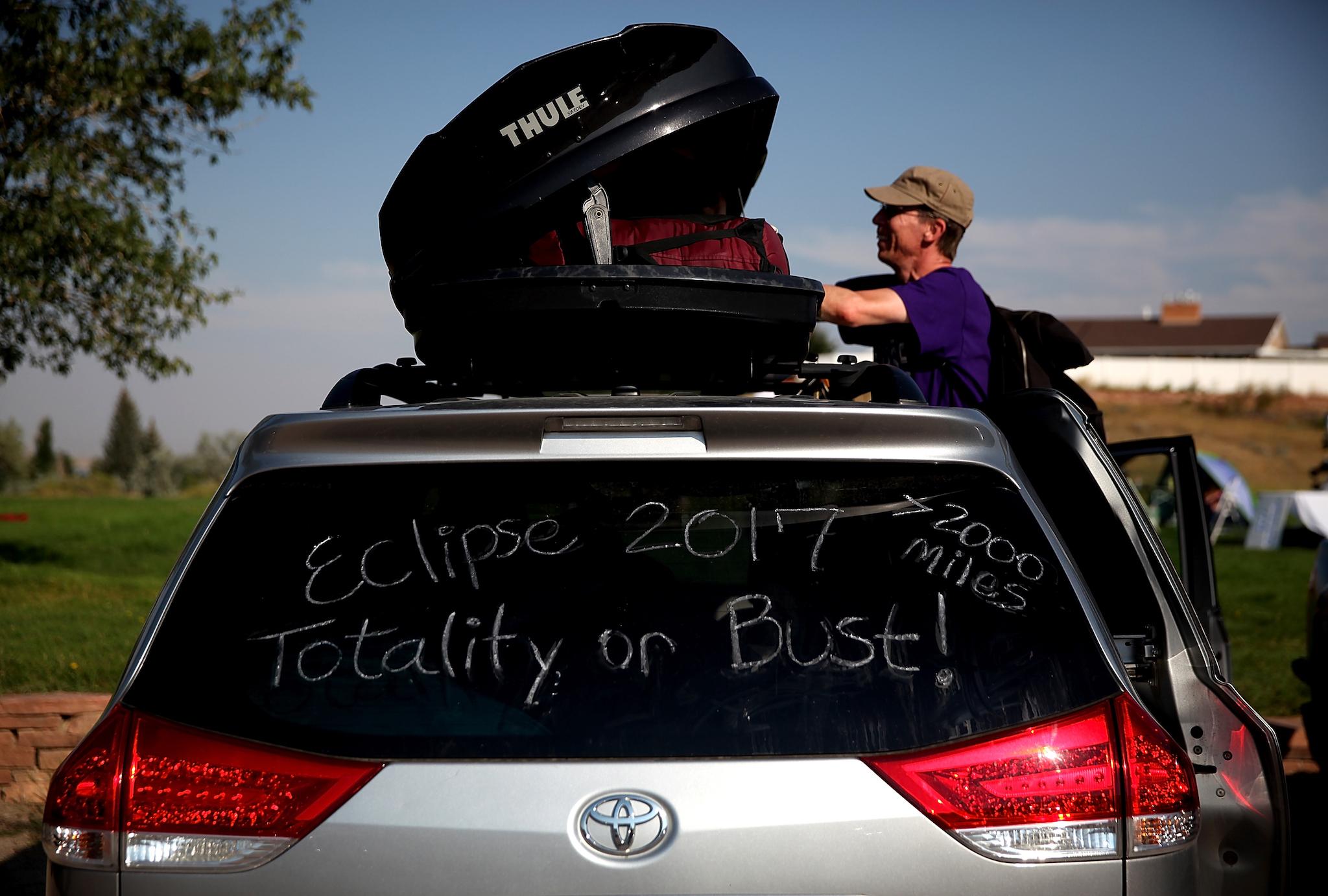Solar eclipse safety: Where can I get a pair of glasses? And how do they work?
Do not look directly at the sun without eclipse glasses

Don’t forget that you have to wear special glasses to watch the solar eclipse.
While people are travelling hundreds of miles to be in the eclipse's path of totality, you can still see a partial eclipse – where the moon only covers part of the sun – in someplace like New York or Washington, DC.
Nasa’s official safety guidelines say that “homemade filters or ordinary sunglasses, even very dark ones, are not safe for looking at the sun”.
Here is where you can get the proper eyewear: 7-Eleven, Best Buy, Bi-Mart, Casey’s General Store, Hobby Town, Kirkland's, Kroger, London Drugs, Love’s Travel Stops, Lowe’s, Maverik, McDonald’s, Pilot/Flying J, Toys “R” Us, Walmart
You should call ahead to see if these stores still have ISO-compliant safe eclipse glasses in-stock.
How the glasses work: Solar eclipse glasses are usually about 100,000 times darker than sunglasses and are made of black polymer that blocks out all UV rays and nearly all visible light, according to the OC Register. But no matter what recommended technique you use to watch the eclipse, Nasa says, do not stare continuously at the sun. Take breaks.
The do-it-yourself method: If you're having no luck finding glasses to wear, you can watch the eclipse via pinhole projection by creating something that allows sunlight to pass through a small opening. An easy example of this is using a hole-punch to make a hole in an index card. Do not look at the sun through the hole. Instead, project the sun onto a surface – such as a wall, sidewalk or cardboard.
You can also make waffle fingers. Do this by looking away from the sun and crosshatching your fingers, so they make little holes and can project the sun’s rays onto the side of a building or sidewalk.
Join our commenting forum
Join thought-provoking conversations, follow other Independent readers and see their replies
Comments